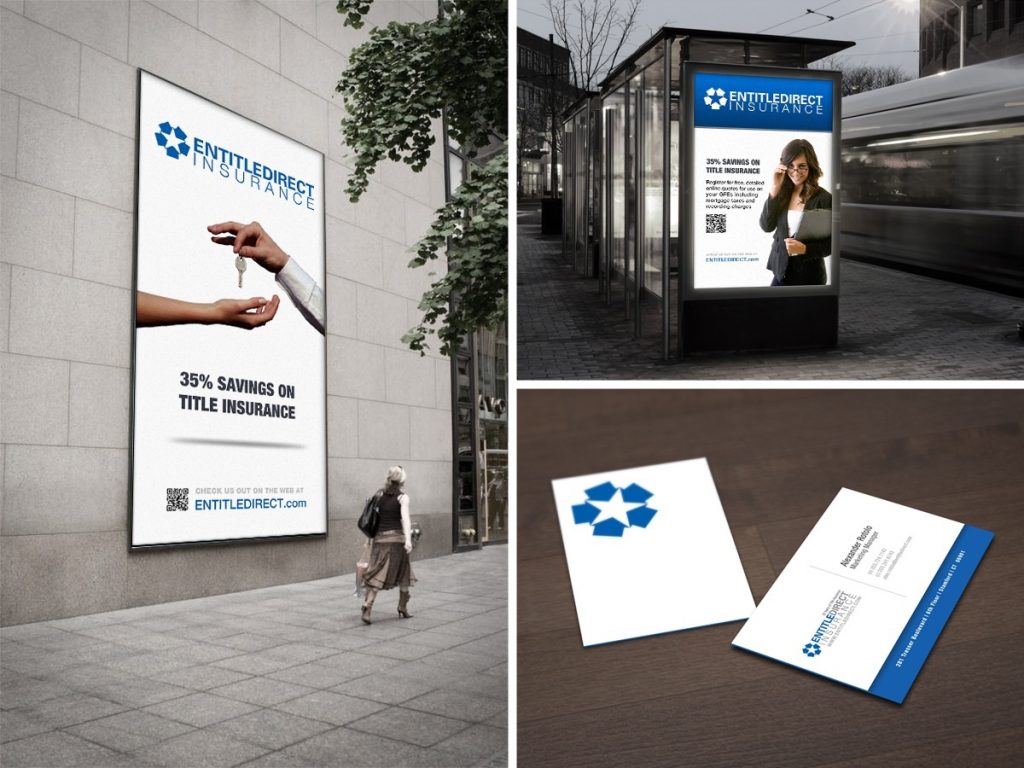The Detailed Guide to the Evolution of Digital Signage
By Gulaiym Agbal
Digital signage is a technology whose time has come, and it is fast replacing traditional OOH. In fact, DOOH has infused new life into an industry struggling from extreme levels of maturity across the globe, and consequent audience fatigue.
Businesses interested in digital signage would do well to learn about the fascinating history of this form of advertising. DOOH today, which incorporates systems such as VODXS, is a far cry from the early days of OOH. Today, your business can use faucet-based ads running on blockchain to present targeted messages to viewers in washrooms. Digital kiosks can present solutions or narrow down options based on a couple of questions. This saves time and simplifies the shopping process.
Digital signage campaigns today are limited only by your creativity and resourcefulness. There are so many examples of thoughtful DOOH implementations that have helped businesses register impressive sales.
The Early Days
Signage, when it was not digital, used paper and plastic, and other materials commonly used in the last century and in use even today. Going further back in time, we find signs etched in metal telling people about the road to take. Step back further and we have milestones and route carvings in stone, like those on the old Roman pathways.
Out-of-home advertising traces its origins to the early days of road traffic, from the days of the horse-drawn carriages to automobiles. In 1929, signage took a giant leap forward when neon tubes entered the field. These tubes could be bent into different shapes. You could actually “write” with these tubes. Signage had come of age.
Elsewhere, in the world of print advertisements signage was evolving differently. Hand-drawn ads began appearing on the back cover of magazines. Papers were carrying ads by businesses promoting their products.
TV ads had started appearing in 1922, ushering in an era in advertising that still continues till date. Print ads moved on from hand-drawn pictures to photographs.
The development of video cassette recorders meant that video could be recorded and played over and over again. From this development, one can trace the rise of digital signage. Video-based signage appeared in the retail sector in the 1970s.
Laser discs and video walls appeared in the 1980s. DVDs came into being in the 90s, and around the same time the Internet really made its presence felt. It was readying itself as a platform for advertisements. The use of video, displays, and players began to gain currency.
Hardware used for digital signage includes a digital media player and the display screen. The content is created via software, a content management system CMS. Back in the day, the old TVs hooked on to VCRs were an early version of DOOH, and threw up issues that exist to an extent. Glare, size, weight, heating up of components, limited use in outdoor locations are issues that engineers are grappling with even today.
The Growth Phase
Today, the screens are LCD (liquid crystal display), LED (light emitting diode), or OLED (organic light emitting diode). OLEDs are capable of displaying deep shades of black and the technology facilitates sleeker screens.
Indoor and outdoor screens differ from one another. Indoor screens need casing that protects from dust and the screens must be able to work 24/7. These need to be equipped with cooling systems. Outdoor screens don’t need to produce as much light as indoor screens but need robust components that can work in all kinds of weather conditions.
The early media players were clunky pieces of hardware, and the kiosks of yore were big, and took a lot of space. The media players of today are so compact that they can be mounted on the same casing that holds the screen.
Content Management Systems can either be deployed in the cloud or be on premise. The former delivers content to remotely located players through the internet. The content is stored offsite.
Content stored onsite on servers too can be delivered to remote players, but only those that are located in close proximity.
Today, one can choose from a range of software that caters to not only industries but can also be customized to niches. What this means is that today there are software companies specializing in different niches, be these schools, restaurants, malls, or casinos.
Interestingly, in the early days of DOOH, software vendors were also hardware resellers. But the very high profit margins with software have made them relook this business model. After 2015, software vendors have moved from selling wall mounts, cables, and stands to providing content because content allowed them to benefit from recurring revenue. Also, OEMs entered the fray and were providing lightweight and durable mounts and cables at low cost. The same companies, such as Samsung and NEC, were also providing software to consumers. These became one-stop shops for businesses because they eliminated doubts about software and hardware compatibility.
With time, software moved to the cloud. Scalability, cost, maintenance, easy implementation, better security are the chief advantages of cloud-based CMS. You can also avail open-source freeware, with fee-based structure that lets you enjoy enterprise-level capabilities.
DOOH Today
Today, DOOH is the choice for outdoor advertising. It is overtaking traditional OOH in terms of reach and ad spend. Businesses are successfully leveraging social media and DOOH to share their message, retain customers, and gain followers.
From its very inception, DOOH has made customer engagement easier. This attribute of facilitating engagement has found use in training and motivating employees. The retail industry has been the largest and most committed user of this technology. The transportation sector has been another early adopter that is still enthusiastic about DOOH.
Today, DOOH has moved on from providing rudimentary information to providing highly targeted information, and often it provides advice. It engages audiences in a two-way interaction. Market penetration is projected to grow, driven by the ability of this technology to adapt to different settings and engage in newer ways.

